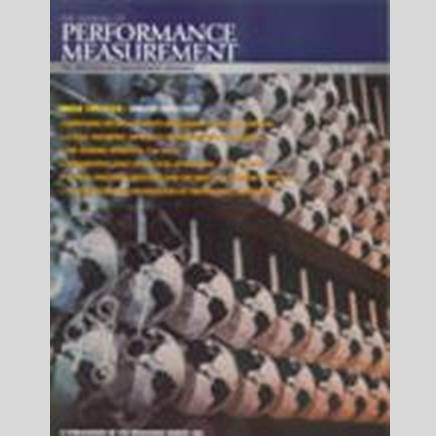An Analysis of the Aggregate Method to Calculate Composite Returns
$25
Any firm that claims compliance with the Global Investment Performance Standards (GIPS) is faced with the need to derive returns for their composites. When the AIMR standards were being developed some suggested that equal-weighting would be better, asset-weighting won out. I recently conducted some analysis of the aggregate method, one of the ways to derive composite returns, and discovered that it is arguably inherently flawed. The purpose of this article is to provide you with background and supporting evidence as to the measure’s apparent inaccuracies.
Author: David Spaulding, CIPM, TSG
Any firm that claims compliance with the Global Investment Performance Standards (GIPS) is faced with the need to derive returns for their composites. When the AIMR standards were being developed some suggested that equal-weighting would be better, asset-weighting won out. I recently conducted some analysis of the aggregate method, one of the ways to derive composite returns, and discovered that it is arguably inherently flawed. The purpose of this article is to provide you with background and supporting evidence as to the measure's apparent inaccuracies.


